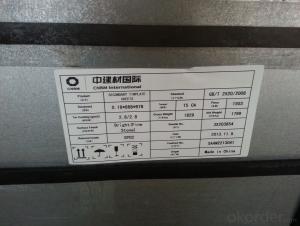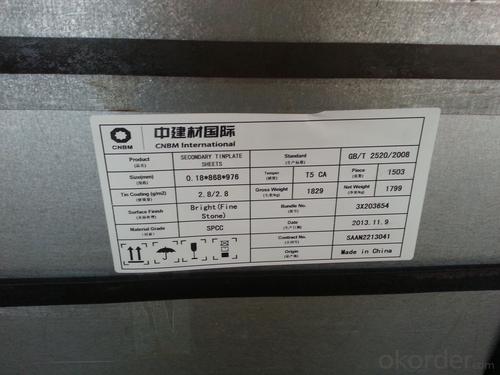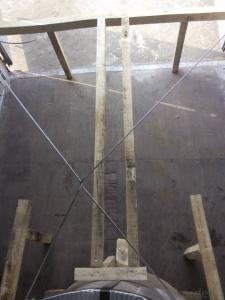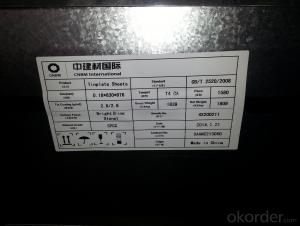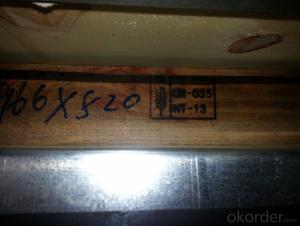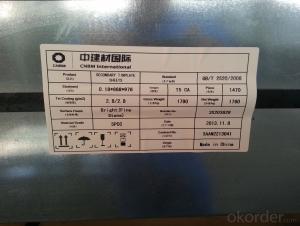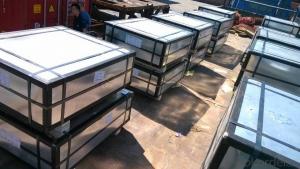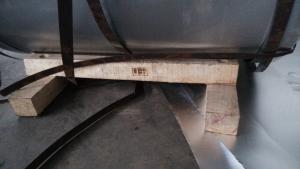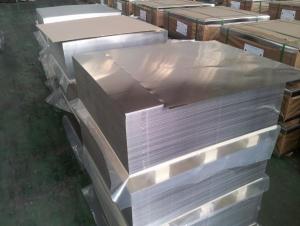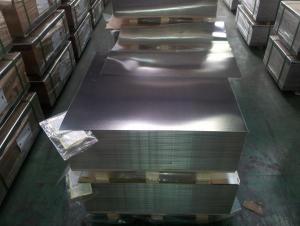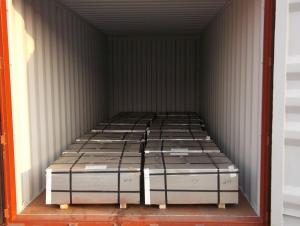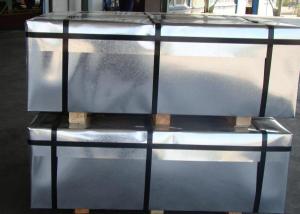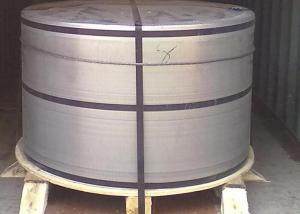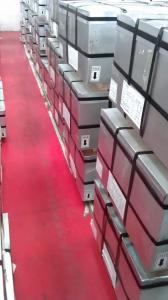Tinplate in SPCC/MR Grade for Vegetable Cans
- Loading Port:
- China main port
- Payment Terms:
- TT OR LC
- Min Order Qty:
- 25 m.t.
- Supply Capability:
- 30000 m.t./month
OKorder Service Pledge
OKorder Financial Service
You Might Also Like
1. Products: Tinplate
Tinplate and TFS are widely used for making all types of containers such as artistic cans, tea cans, painting cans, chemical package cans and metal printing etc. Its applications are not limited to containers; recently, they have also been used for making electrical machinery parts and many other products.
2. Specification:
Our goods enjoyed high quality both at home and abroad. We can supply tin free steel as follows:
Technical standard | JISG3303 and GB/T 2520-2008 |
Steel Type | MR / SPCC |
Thickness | From 0.15mm to 0.50mm (Tolerance +/- 0.01mm) |
Width | Normally 600-1050mm (Tolerance +3/-0 mm) |
Coating | 2.8/2.8g/m2 , 2.8/5.6g/m2 ,1.1/1.1 g/m2 |
Temper & Annealing | T1-T5, DR7-8, TS230-TH435, T49-T65(+/- 4) |
Surface Treatment | Bright & Fine Stone & Stone & Silver & Matt |
Payment terms | Letter of Credit (L/C), Telegraphic transfer (T/T) |
Price terms | CFR & CIF price term |
Delivery time | Within 60 days after received L/C or T/T down payment |
Packing | High quality shipping packing which contains thin plastic film, rust-proof paper, metal cover, metal angles and strap sand pallet. |
Minimum order Quantity(MOQ) | 25 metric tons (1X 20'' container) |
3. Pictures:
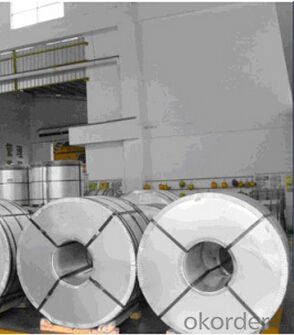
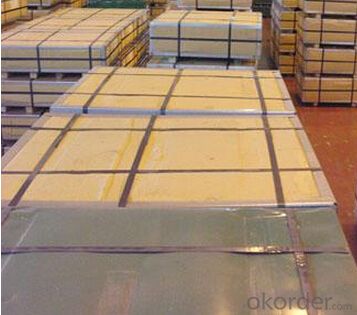
4. Features of the factory price/ tin free steel/tinplate/tfs/tmbp/etp/spte:
Beautiful Appearance
Excellent Paintability & Printability
Excellent Formability & Strength
Excellent Corrosion Resistance
Excellent Solderability & Weldability
5. FAQ:
We are one of the main producers in China for tinplate, tin free steel and also TMBP. At present, our productivity is more than 450000 MT/year.
For more information about our products or company, pls contact us freely.
Welcome your enquiries and orders.
- Q: How does tinplate perform in terms of resistance to chemical agents?
- Tinplate generally exhibits good resistance to chemical agents due to the protective layer of tin coating. This coating acts as a barrier, preventing direct contact between the metal and the chemicals, thereby minimizing the risk of corrosion or chemical reactions. However, the specific performance can vary depending on the type and concentration of the chemical, as well as the duration of exposure.
- Q: How does tinplate affect the taste and quality of food?
- Tinplate has a minimal effect on the taste and quality of food. It acts as a protective barrier, preventing the food from coming into direct contact with the metal. This ensures that the taste and quality of the food remain unaffected by any potential reactions with the tinplate.
- Q: How is tinplate affected by exposure to chemicals?
- Tinplate is generally resistant to chemical exposure, making it a suitable material for packaging and storage of various products. However, certain aggressive chemicals or strong acids can corrode the tinplate coating over time, potentially compromising the integrity of the container or affecting the quality of the contents. It is important to consider the specific chemicals involved and their concentration when assessing the potential effects on tinplate.
- Q: Can tinplate be used for HVAC systems?
- Yes, tinplate can be used for HVAC systems. Tinplate is a commonly used material in the construction of ductwork and air handling units due to its corrosion resistance, durability, and ease of fabrication. It provides a reliable and cost-effective solution for HVAC applications.
- Q: What is the shelf life of tinplate?
- The shelf life of tinplate can vary depending on various factors such as storage conditions and the presence of any protective coatings. However, tinplate typically has a long shelf life, often lasting several years or more if stored properly in a cool, dry place.
- Q: Can tinplate be painted or printed on?
- Yes, tinplate can be painted or printed on.
- Q: Can tinplate be used for outdoor signage?
- Yes, tinplate can be used for outdoor signage. It is a durable material that can withstand various weather conditions, making it suitable for outdoor use.
- Q: Tin, tin plated iron. Why can't we get white wine?
- Should be caused by the unqualified corrosion resistance of the tinplate. The reasons are as follows:Tin plating on the surface of the tinplate has played a certain role in corrosion protection, tin surface will be six chromium passivation, further improve the corrosion resistance. However, the liquor contains a lot of water, and if the long-term contact with the iron (without coating tin), the surface of the tin layer will be corrosion, and then corrosion to iron.
- Q: How is tinplate cut and shaped for different packaging designs?
- Tinplate is cut and shaped for different packaging designs through a variety of methods, including cutting, stamping, and forming. Cutting processes such as shearing or blanking are used to separate the tinplate into desired shapes. Stamping involves using a die to press the tinplate into specific forms, while forming techniques like deep drawing or bending result in more complex shapes. These methods allow for the customization of tinplate packaging designs to cater to various product requirements and aesthetic preferences.
- Q: What details should I pay attention to when purchasing tinplate packing boxes?
- Many small processing plants or small factories can accept the buyer's bargaining, but the iron is really not flattering. In fact, the market is very transparent iron materials, buyers do not mean that the more the better the bargaining, but to understand the market, do not bargain.
Send your message to us
Tinplate in SPCC/MR Grade for Vegetable Cans
- Loading Port:
- China main port
- Payment Terms:
- TT OR LC
- Min Order Qty:
- 25 m.t.
- Supply Capability:
- 30000 m.t./month
OKorder Service Pledge
OKorder Financial Service
Similar products
Hot products
Hot Searches
Related keywords
